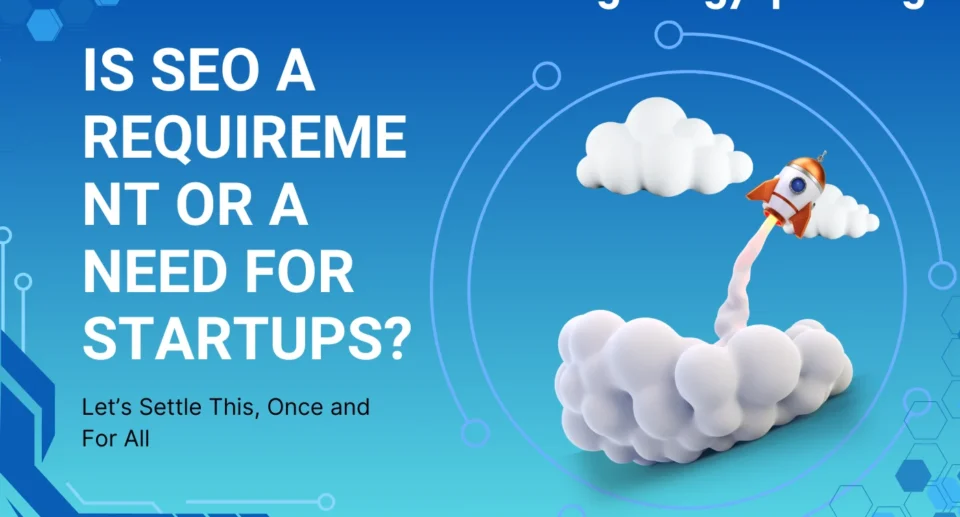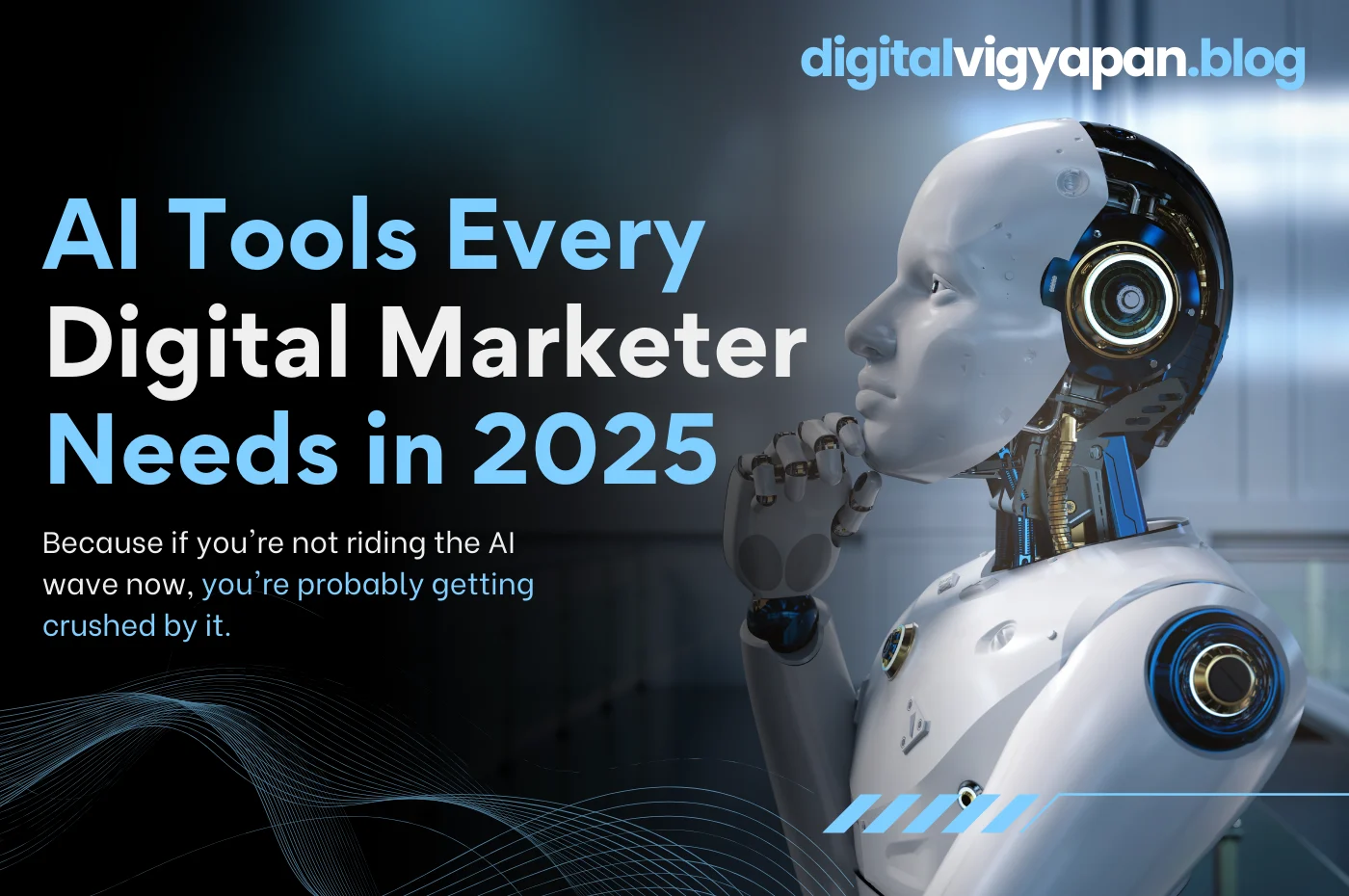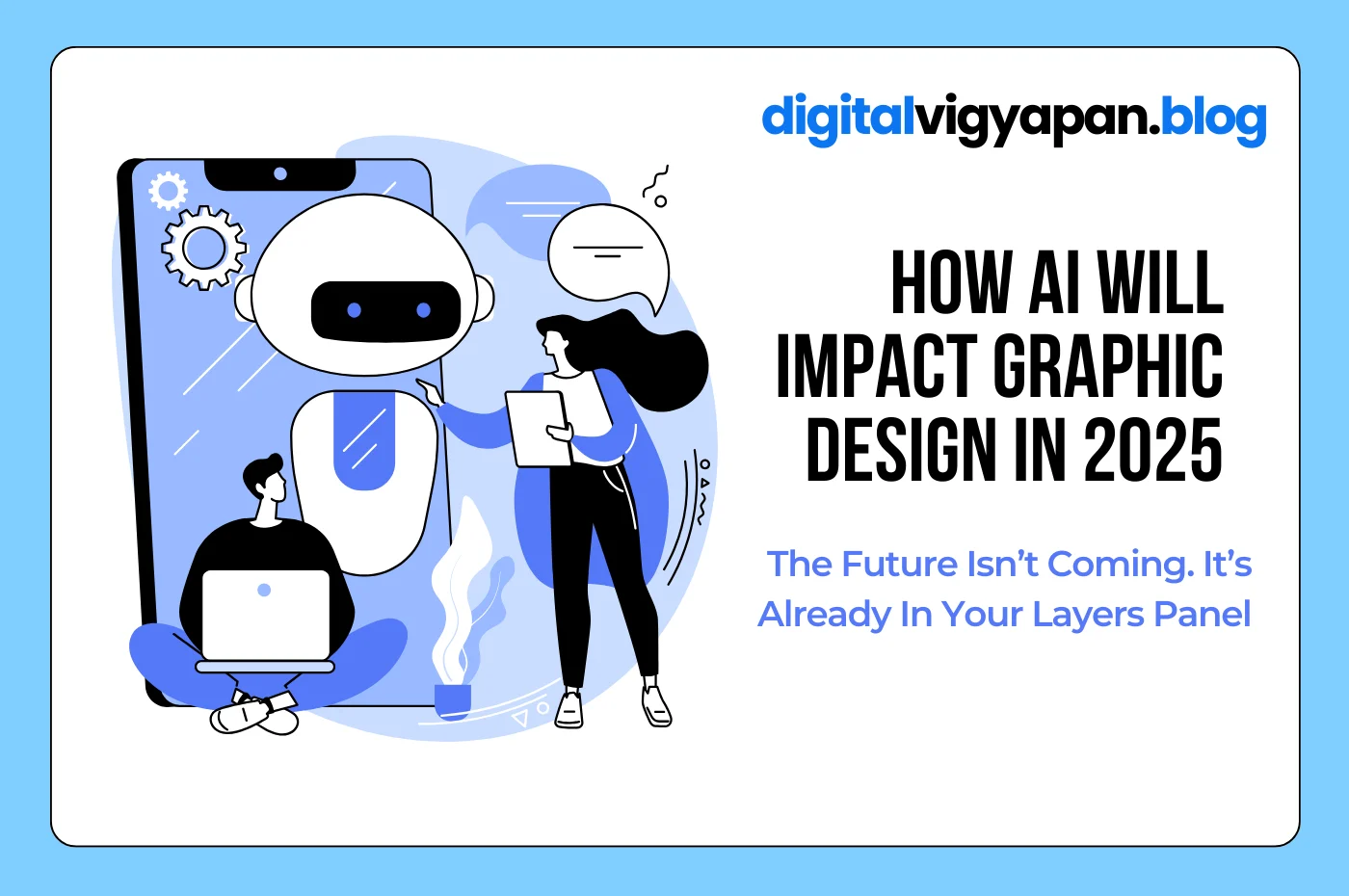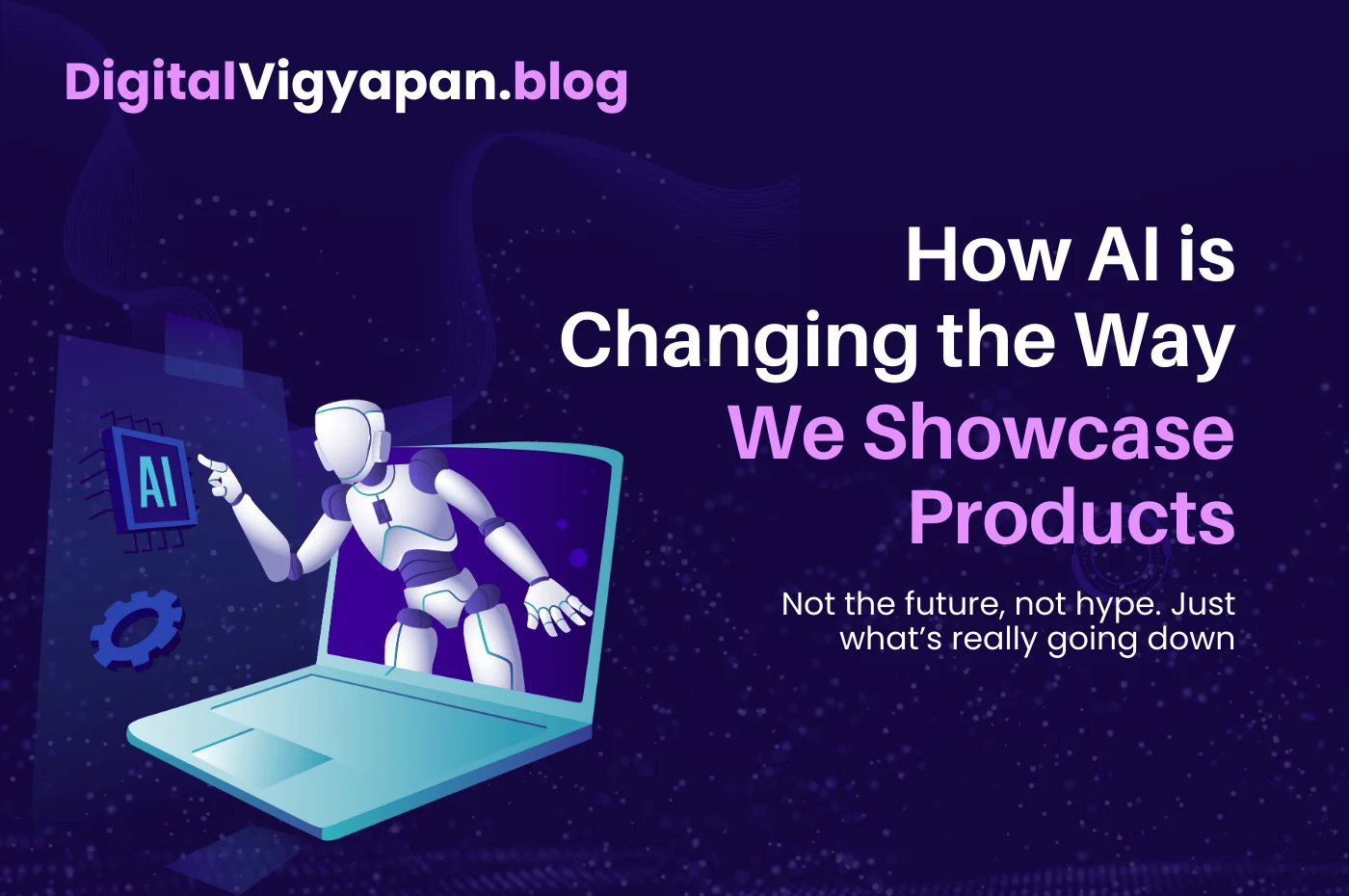Artificial Intelligence in Advanced Marketing
Jay Pathak
- April 24, 2025
- 6 Min Read
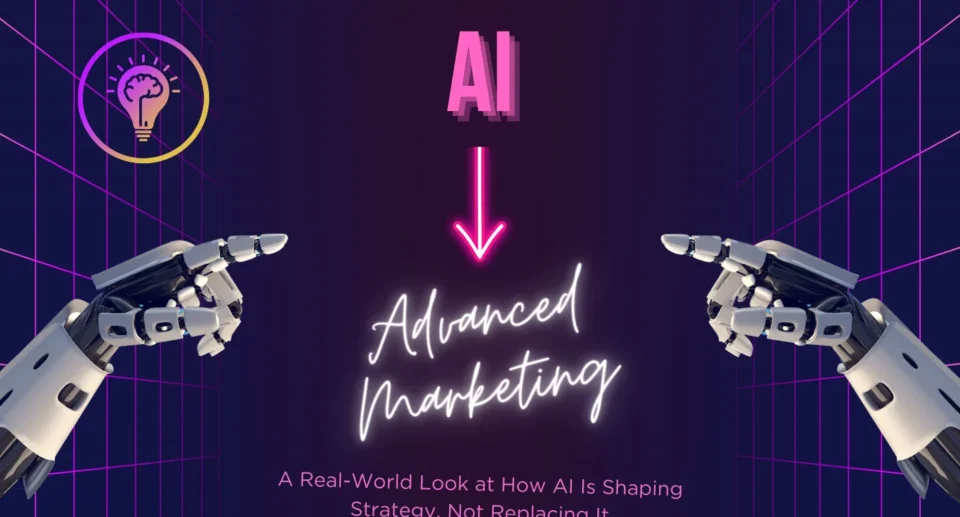
A Real-World Look at How AI Is Shaping Strategy, Not Replacing It
Let’s get something straight right off the bat—AI isn’t coming for your marketing job.
It’s already in the room. It’s in your email open rates, your ad targeting, your content suggestions, and your data dashboards. It’s not some futuristic robot invasion; it’s already baked into how smart marketing works today.
But here’s the thing most people get wrong:
AI doesn’t do the marketing.
It doesn’t tell your brand story, it doesn’t dream up clever campaigns, and it definitely doesn’t understand the cultural nuance behind why one hook works and another falls flat.
What it does do?
It makes great marketers faster, smarter, and more precise.
Let’s unpack that.
AI Isn’t Magic. It’s Math. And It’s Useful.
When people hear “AI in marketing,” they often think of creepy, robotic content or fully automated ad campaigns that run on their own. That’s not how it works (at least not if you want results).
AI in marketing is mostly about one thing: pattern recognition.
It takes massive amounts of data—way more than you could ever process manually—and it looks for signals. Signals about:
Who’s likely to click
Who’s likely to bounce
What kind of subject line triggers a reaction
When your audience is most active
What your best customers tend to buy next
This doesn’t make it creative. It makes it informative.
It turns hunches into hard data.
What It Looks Like on the Ground
Let’s get out of the clouds. Here’s what AI in advanced marketing actually looks like in practice:
Audience Segmentation That’s Not Just Demographics
In the old days, you’d target “women, 25-35, living in Tier-1 cities.”
Now? AI can break that same audience down based on real behavior:
How often they engage with your emails
What pages they’ve viewed
Their average scroll depth on your blog
Their likelihood of dropping off at checkout
That’s powerful. Because now you’re not guessing—you’re building campaigns based on actual customer actions.
You can send one version of your ad to the “window shopper” group, another to “first-time buyers,” and a third to your high-intent “cart abandoners.” And all of this can be automated once the segments are set.
No more one-size-fits-all campaigns.
AI makes it possible to personalize at scale.
Dynamic Content Without Losing Your Voice
One fear people have (and it’s valid) is that AI will strip the soul out of their content. And yeah, if you just let some tool write your blogs or captions start-to-finish—it absolutely will.
But here’s the better way to think about it:
Use AI for structure. Not storytelling.
Example:
Let’s say you’re writing a landing page for a new skincare product. You could use an AI assistant to:
Suggest a layout
Recommend headline formulas
Surface commonly searched keywords
Even analyze top competitor pages
But the voice? The story? The feeling that makes someone trust your brand over the other 57 they scrolled past today? That still needs to come from you.
AI can assist, but it can’t create resonance. That’s still human territory.
Ad Targeting That’s Almost Too Smart
Here’s where AI really flexes.
Modern ad platforms (like Meta, Google, TikTok) are basically powered by machine learning. The days of manually selecting your audience and hoping for the best? Gone.
Now, platforms learn from:
Who’s clicking
Who’s converting
What creatives are performing best
What time of day drives the most ROI
The more data you feed the system, the better it gets. Your job as a marketer becomes less about “guessing who to target” and more about feeding the machine smart inputs:
Great creative
Clear messaging
Defined outcomes
You guide the strategy. The AI refines the execution. It’s a partnership—if you do your half, it’ll do the rest.
The Rise of Predictive Everything
Here’s something most brands don’t leverage enough: predictive analytics.
AI can now tell you things like:
Which customers are most likely to churn
Which subscribers are most likely to convert with a discount
Which leads are worth your sales team’s time
What your next best-performing product might be
If you’re not using this type of data yet, you’re flying blind.
One DTC brand I worked with used predictive models to figure out which customers were likely to buy again in the next 30 days. They ran a hyper-targeted email campaign to that segment with zero discount—just early access. It outperformed their discount campaigns by 40%.
That’s the kind of clarity AI gives you, if you’re paying attention.
But Let’s Be Honest About the Limitations
AI is not a silver bullet.
It won’t:
Replace creative thinking
Rescue a bad product
Fix a broken brand story
Make people care about something they don’t
What it will do is amplify whatever foundation you already have. So if your messaging is unclear, or your offer is weak, or your product experience is mid—you’ll just fail faster.
This is why AI needs to work with strategy, not instead of it.
What It Means for Marketers in 2024 and Beyond
You don’t need to become an AI engineer.
You don’t need to know how to build models from scratch.
But you do need to:
Understand what tools are out there
Know what kind of data your systems are collecting
Be able to translate data into insights
Learn how to collaborate with AI without becoming lazy
AI won’t take your job.
But a marketer who understands AI? They just might.
Final Word: This Isn’t the End of Human Marketing. It’s the Start of Better Marketing.
AI isn’t going to write your brand manifesto.
It’s not going to come up with the idea that breaks your product wide open.
It won’t sit with your customer in a support call and really get what they need.
But it will give you the tools to make smarter decisions, run faster tests, and unlock insights you’d never find on your own.
So stop thinking of AI as the enemy.
And definitely stop ignoring it.
The marketers who win from here on out won’t be the ones who know the most tools.
They’ll be the ones who know how to blend machine power with human creativity.
That’s the sweet spot. That’s the future. And if you’re smart—you’re already building it.

